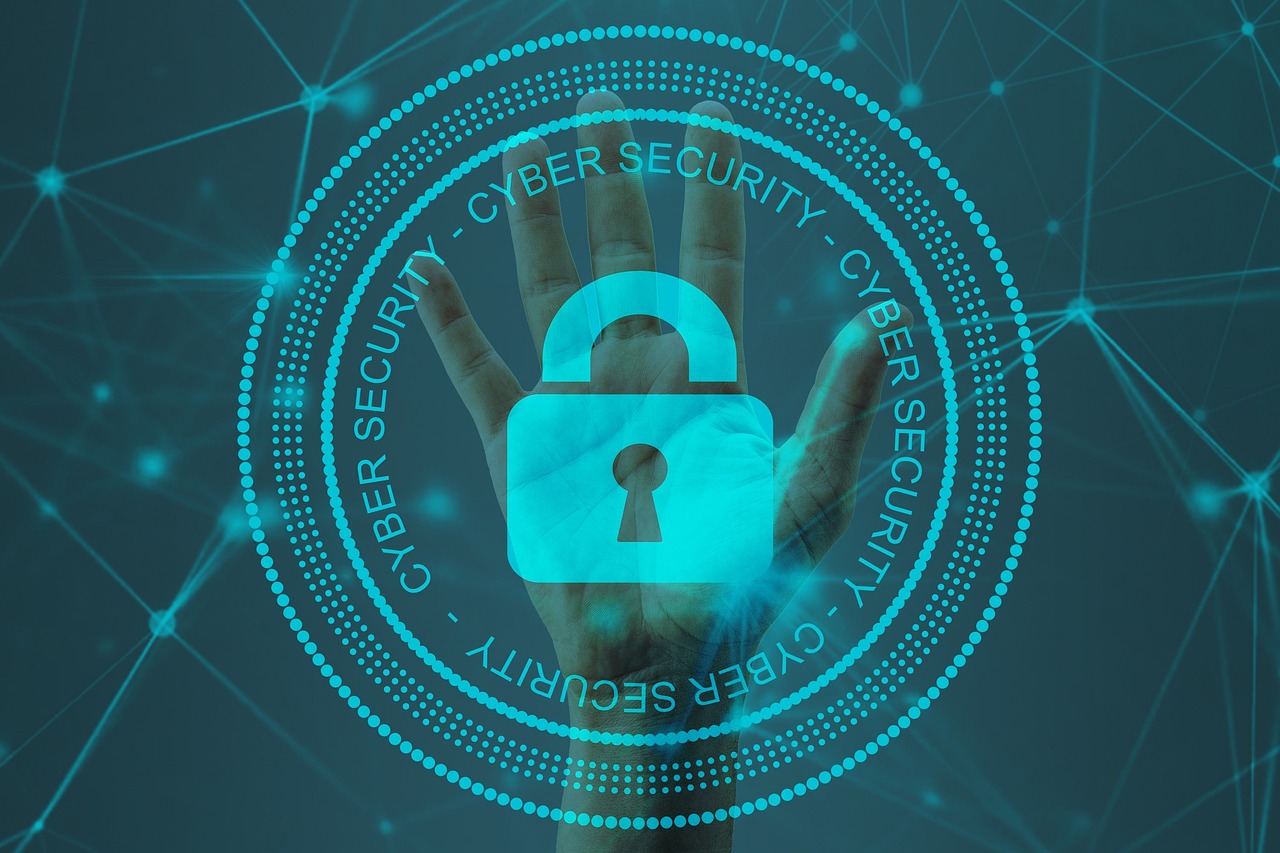.png)
What is Zero Trust Architecture and how can it help with cybersecurity?
December 02, 2023
Table of contents
Quick Access

Cybersecurity, like any technological solution, is constantly evolving, always adapting to new approaches, threats and prepared to protect any type of software project. A solution that has now arrived to reinforce security is the Zero Trust Architecture.
This paradigm shift challenges the conventional notion of trusting entities within a network and distrusting those outside of it. Instead, it advocates for continuous trust verification, regardless of the location or origin of network traffic.
What is Zero Trust architecture?
Zero Trust Architecture is a security model that operates on the principle of “never trust, always verify.” In essence, it is assumed that threats could originate from both external and internal sources. Unlike traditional security models that establish a perimeter and rely on trust within that boundary, Zero Trust treats all entities (whether inside or outside the network) as untrustworthy until proven otherwise.
Now, why use Zero Trust technology? Let IBM explain, “Zero Trust addresses the security needs of this data-driven hybrid cloud environment. Provides organizations with continuous, adaptive protection for users, data and assets, plus the ability to proactively manage threats. In other words, this never trust, always verify practice is intended to ensure the security of every user, device, and connection for every transaction. Applying a zero trust framework can also help defenders gain insight into their entire security business.”
The basic principles of Zero Trust Architecture
1. Identity Verification
Multi-factor authentication (MFA) – Ensures that access is granted only after successful validation of multiple credentials.
Continuous authentication: Periodically verify the user's identity throughout their session, rather than just at login.
2. Least privilege access
Principle of least privilege (PoLP) refers to what limits the access rights of users, processes and systems to the minimum necessary to perform their tasks.
3. Microsegmentation
Network segmentation: Divides the network into smaller, isolated segments to contain and mitigate the impact of a potential breach.
4. Continuous monitoring
Behavior Analysis: Monitors user and system behavior to detect any deviations from the norm, helping to detect anomalies or suspicious activities.
5. Encryption
Data Encryption: Protects sensitive information by encoding it, ensuring that even if it is intercepted, it remains unreadable without the proper decryption key.

How Zero Trust Architecture Improves Cybersecurity
Adapts to modern work environments
With the prevalence of remote work, Zero Trust Architecture is ideal for securing a decentralized workforce. It allows organizations to authenticate and authorize users regardless of their location or the device they are using.
Minimizes attack surface
By implementing the principle of least privilege, Zero Trust reduces the attack surface by granting users and systems only the minimum permissions necessary to perform their tasks. This limits the potential impact of a security breach.
Mitigate internal threats
Zero Trust does not inherently trust anyone, including those within the organization. This approach helps detect and prevent insider threats by continuously monitoring and validating user behavior.

Provides granular control
Through micro segmentation, organizations can implement granular controls over their network, ensuring that even if a breach occurs, attackers' lateral movement is restricted.
Facilitates Compliance
Zero Trust Architecture aligns with many compliance requirements by enforcing strict access controls, continuous monitoring, and data encryption, helping organizations meet regulatory standards.
In conclusion, Zero Trust Architecture represents a paradigm shift in cybersecurity by challenging the traditional notion of trust within a network. By adopting a “never trust, always verify” mentality, organizations can significantly improve their security posture, adapt to evolving threats, and safeguard their sensitive data in an increasingly interconnected and dynamic digital environment.
As cyber threats continue to evolve, Zero Trust Architecture stands as a resilient and adaptable solution for the modern cybersecurity landscape.
We recommend you on video
Related Blogs

Steps for software product development
-9.20.37-a.m.png)
Product Design and Development

Tools for Machine Learning

The Best Data Science Tools in 2025

What is Data Science?

